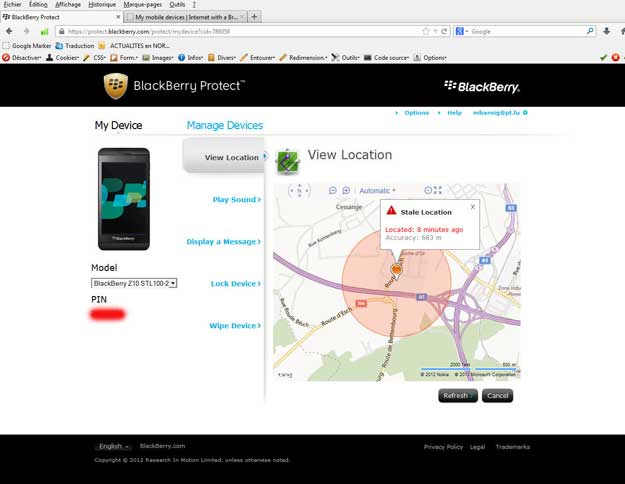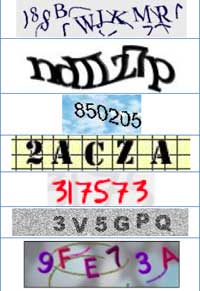Last Update : January 19, 2017
One of the biggest complaints about the Apple mobile operating system iOS7 is how easily it drains your iPhone battery. Here are a few quick fixes to keep iOS 7 devices powered for much longer :
- disable the Background App refresh (actualisation en arrière plan)
- turn off Location Services completely or disable certain apps one by one
- reduce the motion of the user interface in accessibility (set parameter to “on”)
- disable the automatic updates option
- turn off AirDrop
- turn off all notifications for unnecessary apps
- turn off unnecessary system services
- disable Auto-Brightness and decrease the setting manually
- disable what you don’t need in Apple’s internal search functionality called Spotlight
- close open apps : you can can close multiple apps at once by double clicking the home button to reveal open webpages and platforms, then swipe up to three apps at the same time by using three fingers and dragging them upwards.
The following list provides links to additional informations about the iPhone battery power-saving options :
- How To Keep Your Phone From Dying So Fast, by Anna Kucirkova, Ligtningfast
- 7 Ways to Stop iOS 7 From Killing Your iPhone Battery, by Samantha Murphy Kelly
- iPhone, iPad battery draining faster on iOS 7.1? You’re not alone, by Zack Whittaker
- BattSaver for iOS 7: manage your iPhone’s radios to increase battery life, by Jeff Benjamin
- 5 tips to fix your iPhone and iPad battery life problems on iOS 7.1!, by Georgia
- Poor battery life after installing iOS 7.1? Try these simple tips, by Adrian Kingsley-Hughes



